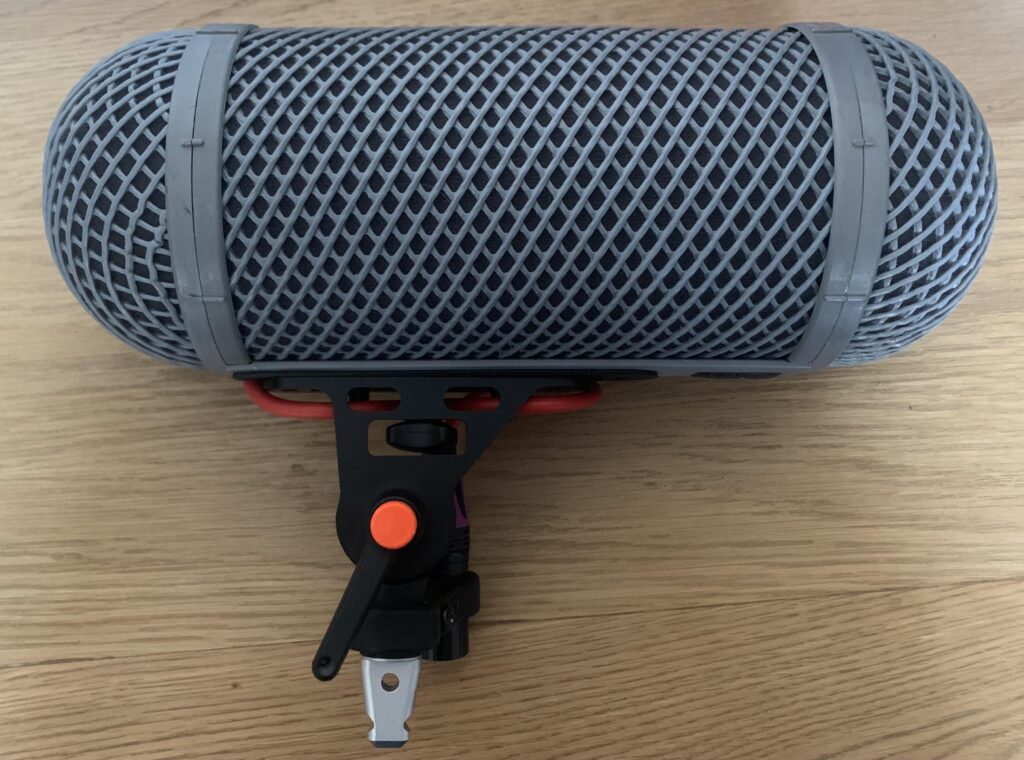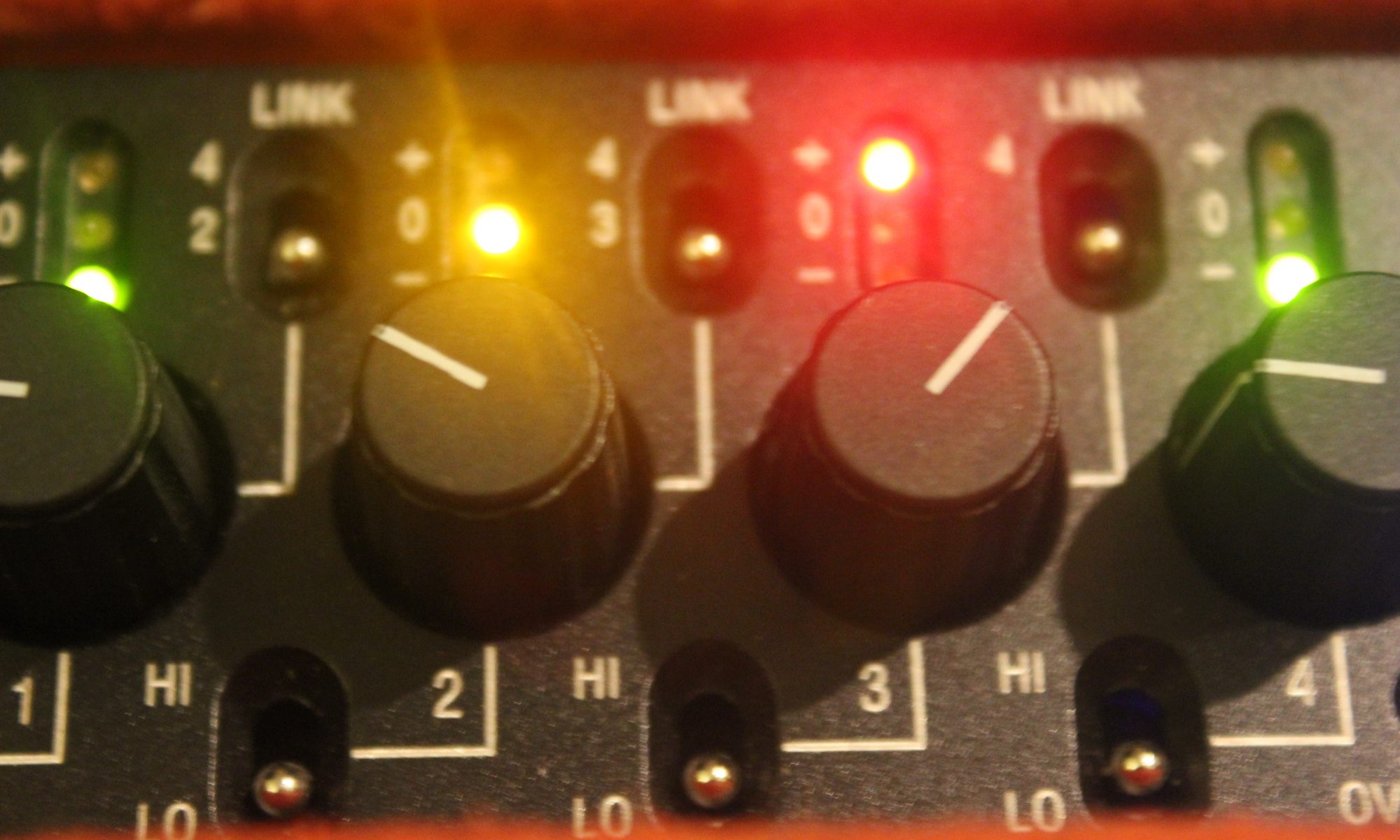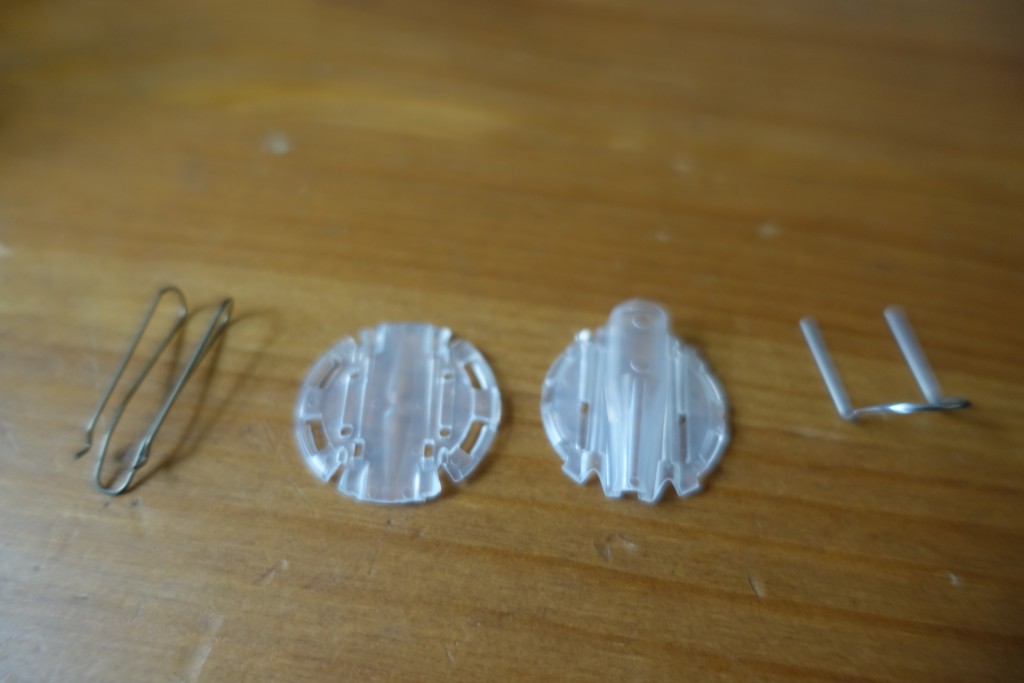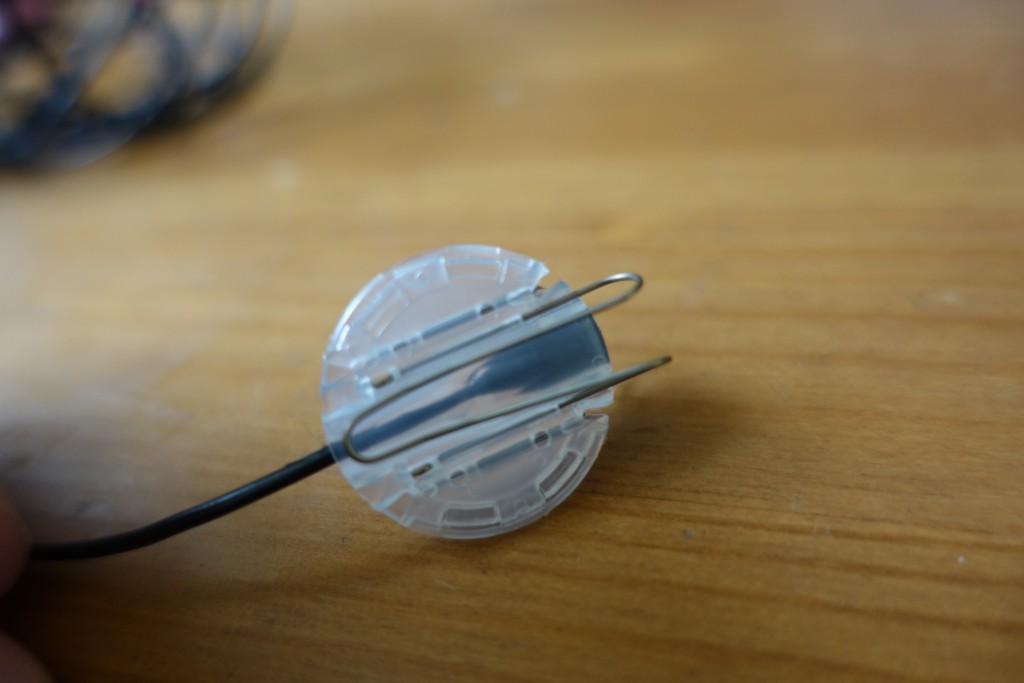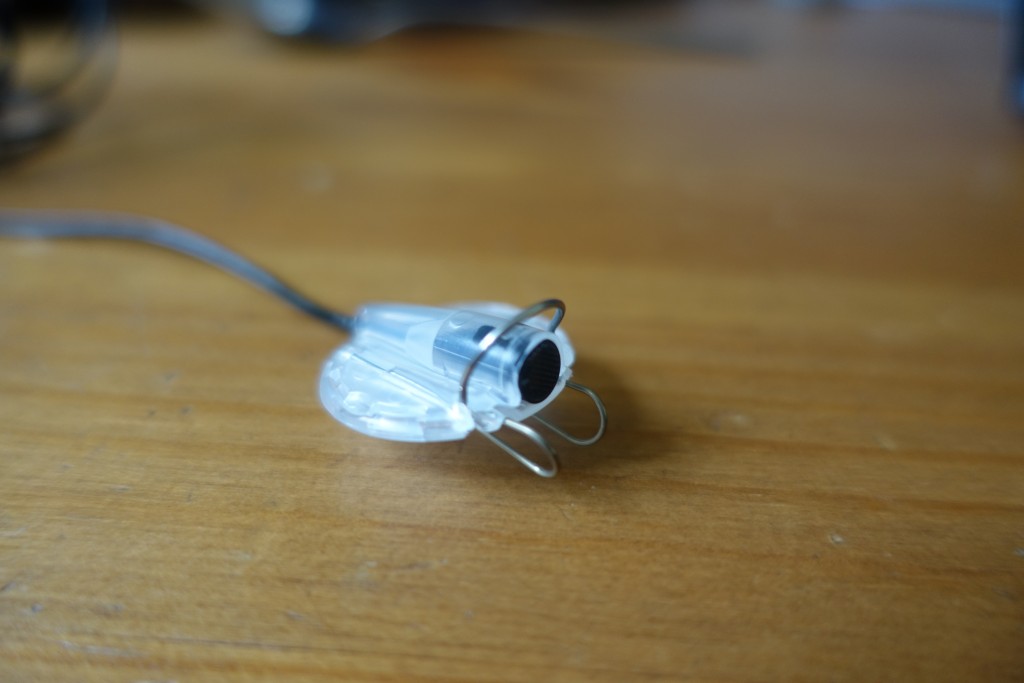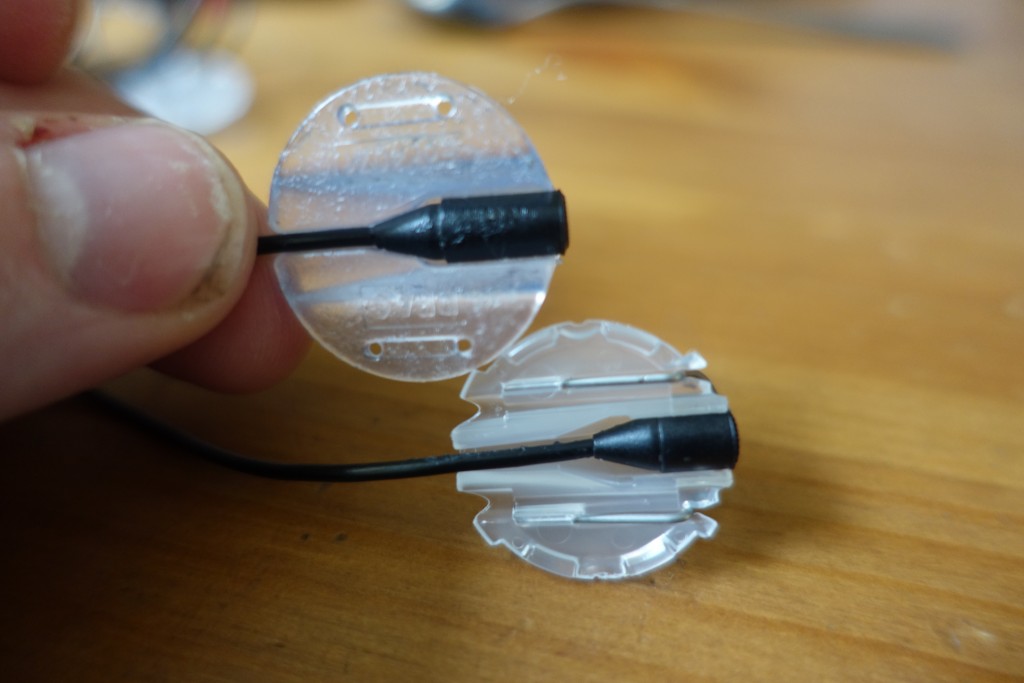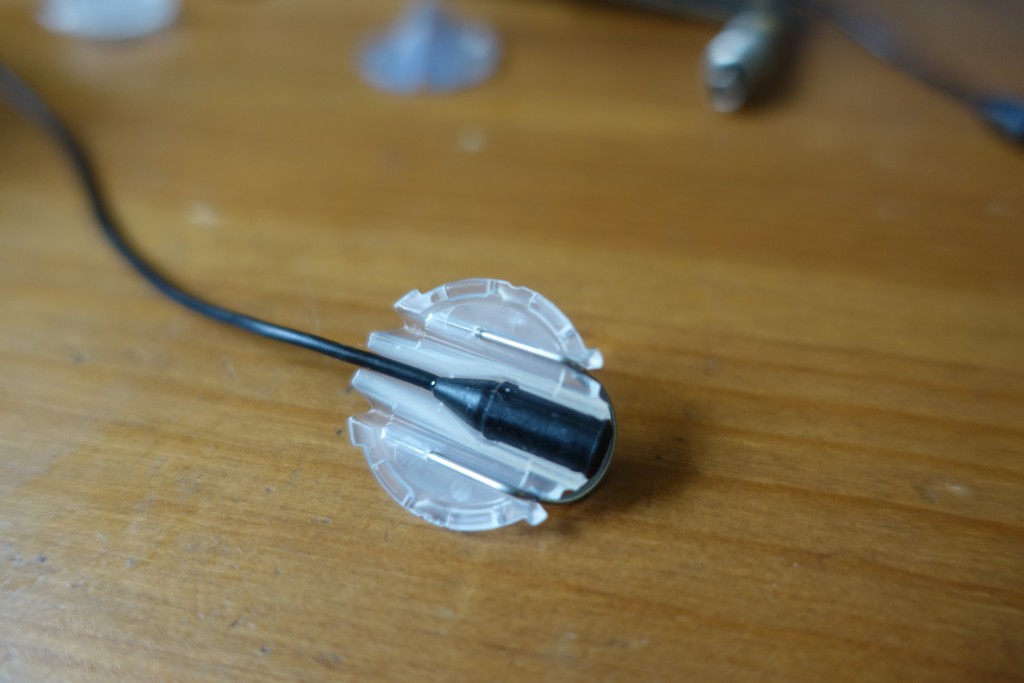What’s the problem?
I’ve been using Sennheiser 8060 microphones for a number of years. Initially they were a revelation; it was possible to fit a directional microphone into a small windshield (Rycote WS1 MZL), massively reducing the size and weight of an exterior setup. However they had a drawback: most of the microphone’s length is now interference tube, there’s not much to suspend it by. It’s not easy to quickly change from a ‘full blimp’ to foam or lighter weight windshield as it needs suspension on the interference tube, so I left it in a ‘full blimp’ almost all the time. Some people keep the foam on the mic and make a hole in it for the suspension, although it won’t take repeated removal. If the foam’s left on in the ‘blimp’ it’ll reduce the air volume around the mic and the blimp’s effectiveness, whilst also dampening higher frequencies.
What’s changed?
At the time, the 8060 was the only solution, however there are now more very short shotgun mics, the DPA 4017C and Schoeps MiniCMIT. There are also some other windshield solutions- the Cinela COSI is a excellent compromise between an interior and exterior mount. Another change was the availability of low profile right angle XLR connectors; these could be used instead of the expensive MZL connector which needed to be screwed on to the microphone capsule. Rycote have also made the INV-Lite mount, which is designed for these microphones, but has the drawback of sitting too high in the blimp to be practical.
What have you done?
It’s actually not particularly complicated, although I’ve ended up using quite a few older Rycote parts I’ve shoehorned in. I’ve put an Duo-Lyre suspension at the back of the microphone and low profile XLR. Here’s an image which tells you what the bits of the suspension are called. The modular bar is an older one, on backwards. It only has one screw hole through the filler strip so I’m using an older metal modular bracket as has a position in the middle. It could possibly do with a second to stop it going wobbly when changing between interior and exterior. The other hole needed to be filled- I’ve used some Joe’s Sticky Stuff for that. This brings back the whole ‘hinge’ mechanism and helps with balance.
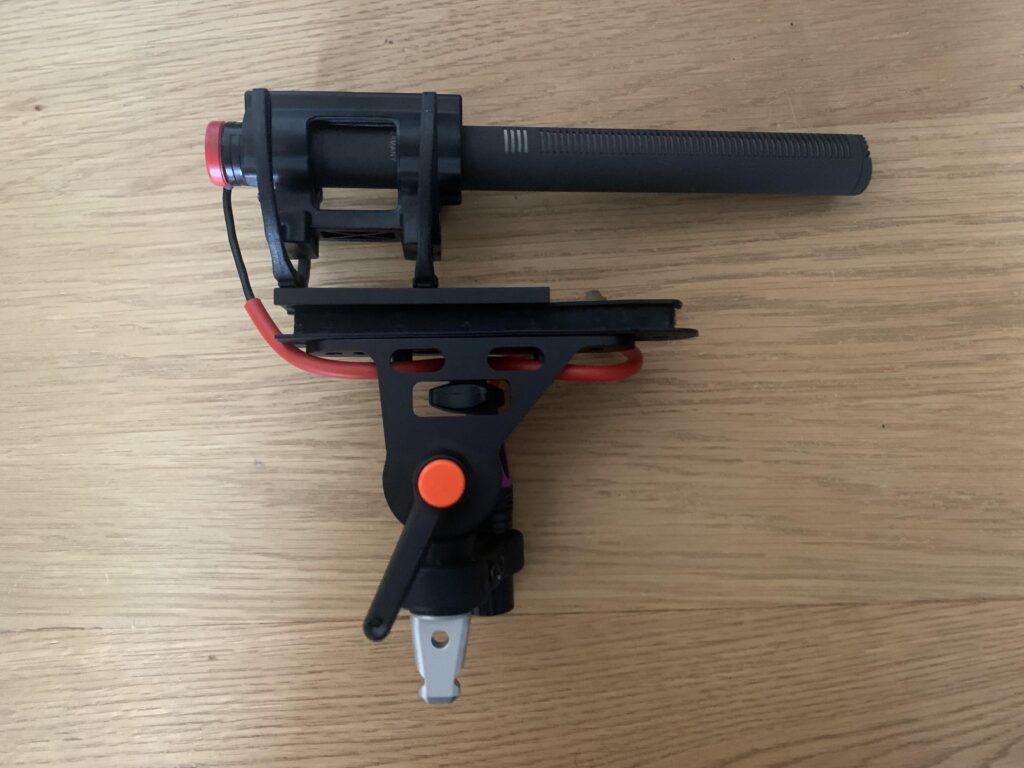
Low Cut Filtering
A lot of microphones do require some filtering to help get rid of handling noise and mechanical motion in the suspension and pole- the 8060 has some in it but more is often required. I did make a previous version of this with one of the special order 3rd order 70Hz MZF8000. Unfortunately I found out at the end of last year this had been discontinued and the stock version is only designed to counteract proximity effect. I’ve got some of Rycote’s discontinued Tac!t cables for this, which have an active 3rd order 60Hz filter in.
Windshielding
This now allows different levels of windshielding to be added to the mic. Here it is with a Rycote Softie-lite 19 as a heavier interior windshield
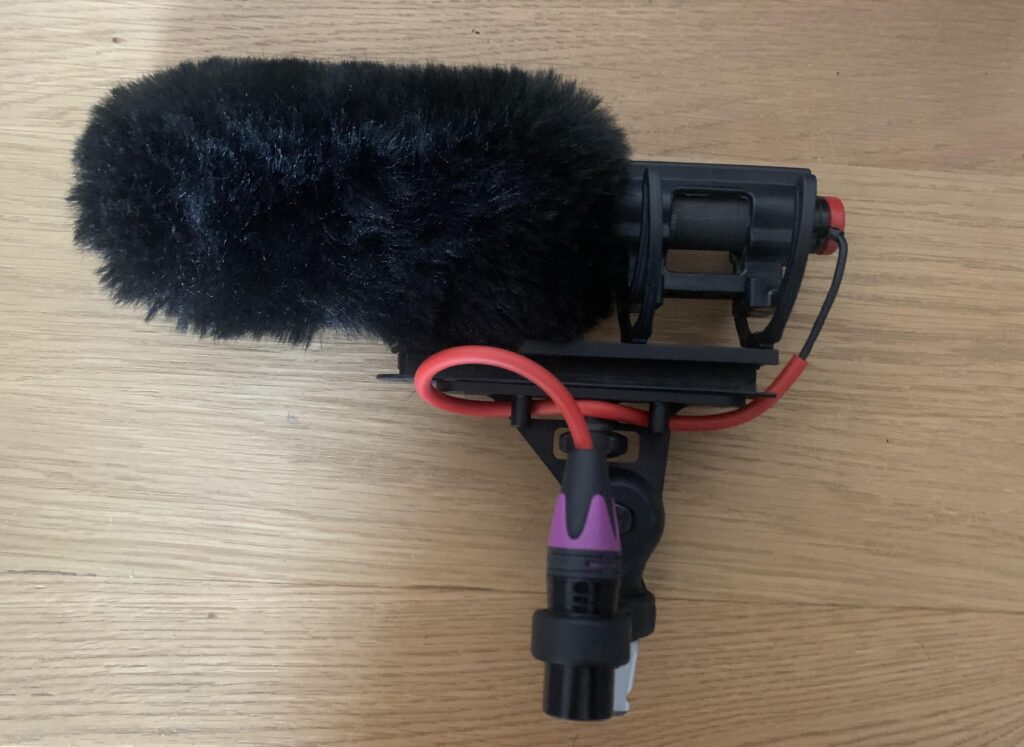
and with a full WS1 blimp
